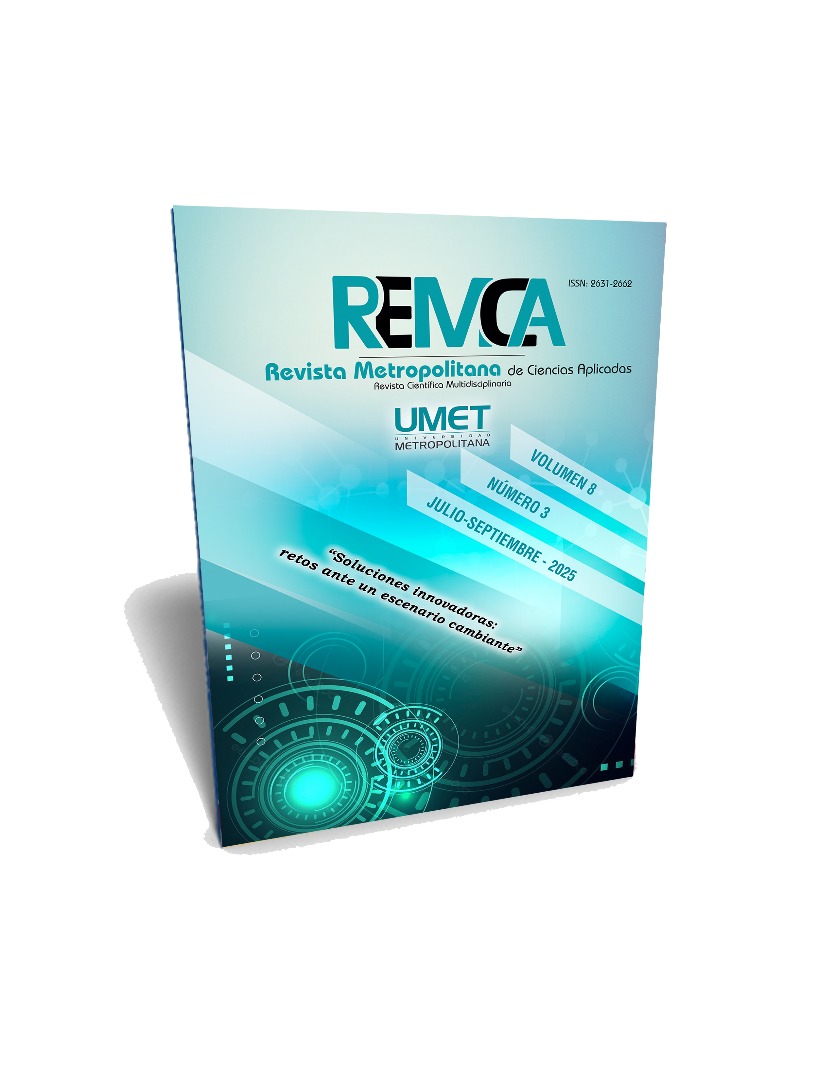Promote cultural identity to generate a sense of belonging in primary school students.
DOI:
https://doi.org/10.62452/y5vc4g46Keywords:
Cultural identity, sense of belonging, primary educationAbstract
This article examines how to foster cultural identity in third-grade students at Reynaldo Gómez Aldana Primary School in Tizayuca, Hidalgo, in order to generate a deeper sense of belonging to their community. Through an analysis of the historical and social backgrounds of the students, it is identified that, due to the proximity to the State of Mexico and the work interactions of their families, many students show greater identification with the neighboring state. This phenomenon has posed challenges in the educational context as students do not feel fully connected to their local culture. Therefore, various pedagogical strategies are proposed, such as storytelling of local legends, projects on family history, integration of regional festivities in school activities, and the use of the New Mexican School to incorporate educational content that reflects the cultural diversity of the region. These actions aim to strengthen students' sense of belonging, promote social integration, enhance self-esteem, and, in the long term, contribute to better academic performance and greater community involvement.
Downloads
References
Cachupud Morocho, M. R. (2018). La identidad cultural y su incidencia en la inclusión educativa en niños de sexto año básica de la escuela particular "Julio Jaramillo". Espirales: Revista multidisciplinaria de investigación, 2(20), 69-87. https://revistaespirales.com/index.php/es/article/download/343/256
Cuyo, V. C. (2021). La importancia de la identidad cultural para los estudiantes del nivel primario. (Trabajo de titulación). Universidad de San Martín de Porres.
Gimeno Sacristán, J. (2010). El currículo: Una reflexión sobre la práctica. Editorial Morata.
México. Secretaría de Educación Pública. (2021). La Nueva Escuela Mexicana: principios y ejes articuladores. SEP. https://dfa.edomex.gob.mx/sites/dfa.edomex.gob.mx/files/files/NEM%20principios%20y%20orientacio%C3%ADn%20pedago%C3%ADgica.pdf
México. Secretaría de Educación Pública. (2022). La Nueva Escuela Mexicana: Principios y aplicación. SEP.
México. Secretaría de Educación Pública. (SEP). (2023). Ejes articuladores del currículo en la Nueva Escuela Mexicana. SEP.
Molano, O. L. (2007). Identidad cultural: un concepto que evoluciona. Revista Opera, 7, 69-84. http://www.redalyc.org/articulo.oa?id=67500705
Pedrero García, E., Moreno Fernández, O., & Moreno Crespo, P. (2017). Educación para la diversidad cultural y la interculturalidad en el contexto escolar español. Revista de Ciencias Sociales, 23(2), 11-26. https://www.redalyc.org/pdf/280/28056733002.pdf
Ramos Hernández, A., Auccahuallpa Fernández, R., & Erazo Álvarez, J. C. (2022). Rescate de tradiciones culturales mediante proyectos escolares en estudiantes de educación básica subnivel medio. Revista Arbitrada Interdisciplinaria KOINONIA, 7(1), 270-286. https://doi.org/10.35381/r.k.v7i1.1789
Rodríguez Solera, C. R., & Raesfeld, L. (2019). Hidalgo: educación, cultura y sociedad. Universidad Autónoma del Estado de Hidalgo.
Sulluchuco, Y. L. (2022). Estudio comparativo del fortalecimiento de la identidad cultural en estudiantes de quinto grado a través de estrategias didácticas en Lima. (Tesis de maestría). Universidad César Vallejo.
Vygotsky, L. S. (1979). El desarrollo de los procesos psicológicos superiores. Grijalbo.
Downloads
Published
Issue
Section
License
Copyright (c) 2025 Maritza Librada Cáceres-Mesa, Marlen Yakelin Acosta-Escamilla, María Guadalupe González-Esquivel (Autor/a)

This work is licensed under a Creative Commons Attribution-NonCommercial-ShareAlike 4.0 International License.
Authors who publish in Revista Metropolitana de Ciencias Aplicadas (REMCA), agree to the following terms:
1. Copyright
Authors retain unrestricted copyright to their work. Authors grant the journal the right of first publication. To this end, they assign the journal non-exclusive exploitation rights (reproduction, distribution, public communication, and transformation). Authors may enter into additional agreements for the non-exclusive distribution of the version of the work published in the journal, provided that acknowledgment of its initial publication in this journal is given.
© The authors.
2. License
The articles are published in the journal under the Creative Commons Attribution-NonCommercial-ShareAlike 4.0 International License (CC BY-NC-SA 4.0). The terms can be found at: https://creativecommons.org/licenses/by-nc-sa/4.0/deed.en
This license allows:
- Sharing: Copying and redistributing the material in any medium or format.
- Adapting: Remixing, transforming, and building upon the material.
Under the following terms:
- Attribution: You must give appropriate credit, provide a link to the license, and indicate if any changes were made. You may do this in any reasonable manner, but not in any way that suggests the licensor endorses or sponsors your use.
- NonCommercial: You may not use the material for commercial purposes.
- ShareAlike: If you remix, transform, or build upon the material, you must distribute your creation under the same license as the original work.
There are no additional restrictions. You may not apply legal terms or technological measures that legally restrict others from doing anything the license permits.




